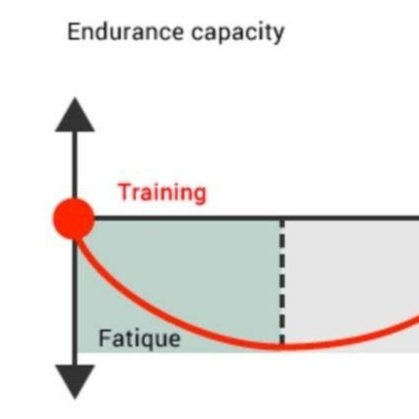
adventure blog
Love Your Shoulders: Improving Overhead Mobility
Overhead mobility can be explained simply as having adequate motion to allow the arms to be positioned overhead without compensation. Shoulder overhead mobility requires multiple moving body parts working together. Without adequate motion in the right muscles and joints, you run the risk of exposing other body regions to excessive strain due to compensatory strategies, for example, extreme extension through the neck, thoracic spine, or lumbar spine.
Deloading in Climbing
Have you ever wondered why you are finally able to send your project after a few days of rest, rather than trying day-after-day?
This trend does not appear to be only exclusive to climbing but in other aspects of performance as well. Researchers in a 2003 study found that approximately two weeks of rest in weight-lifters actually increased their maximum squat and bench press weight.
This seems counterintuitive, is less really more?
FDP Injury and Rehab
Flexor Digitorum Profundus (FDP) is a muscle that extends from our elbows, down our forearms, and attaches to the bones of our fingers via its tendons. The FDP muscle is involved in finger flexion (bending/curling our fingers) making it an extremely important muscle for climbing. Our FDP muscles are involved with a variety of climbing grips (crimps, pinches, slopers, jugs, etc.), and developing FDP strength is essential for climbing performance, but it is also one of the most common sources of hand, finger, or forearm pain and injury in climbers.
3 Exercise to Improve Shoulder Stability
Rachel (Physio Beta) is at it again.
Enjoy three of her favourite exercises for improving shoulder stability.
Hint: one of them requires balance!




